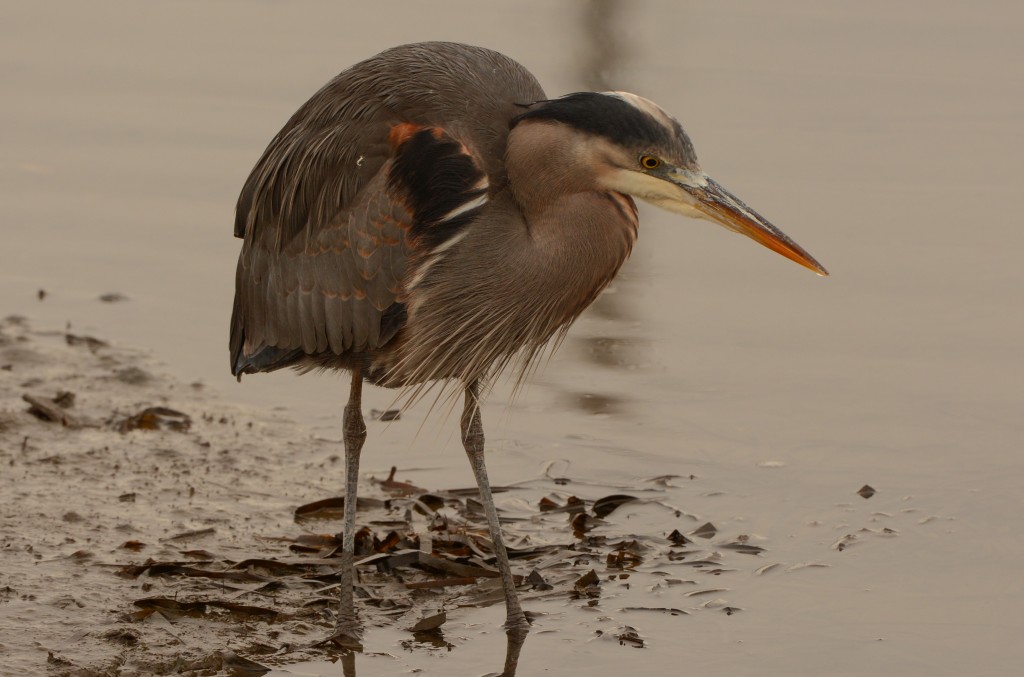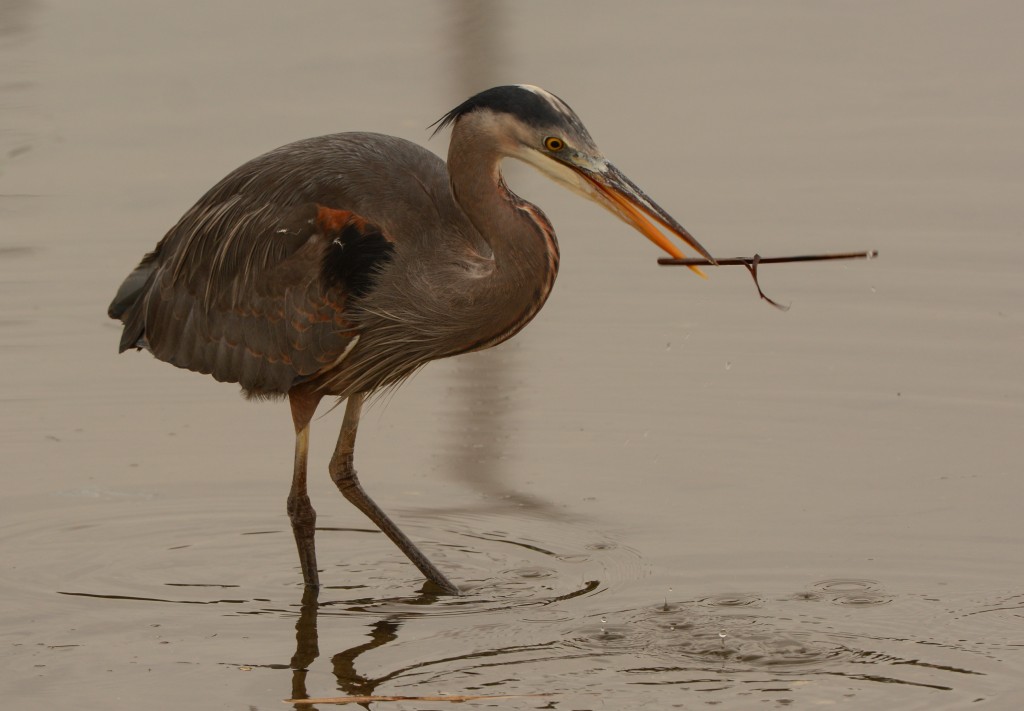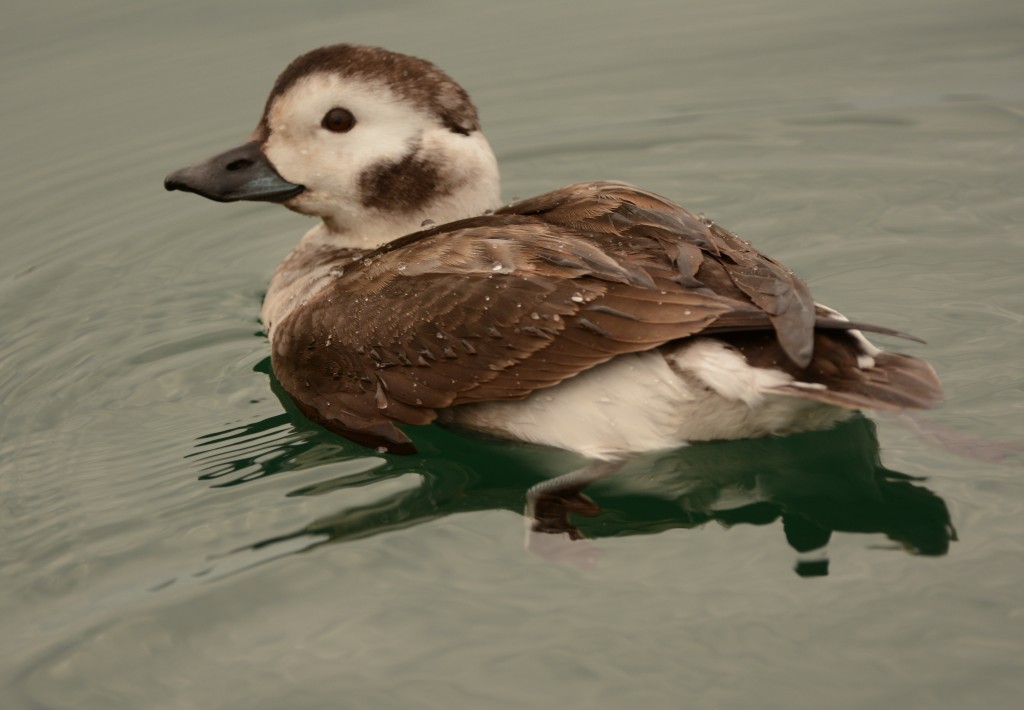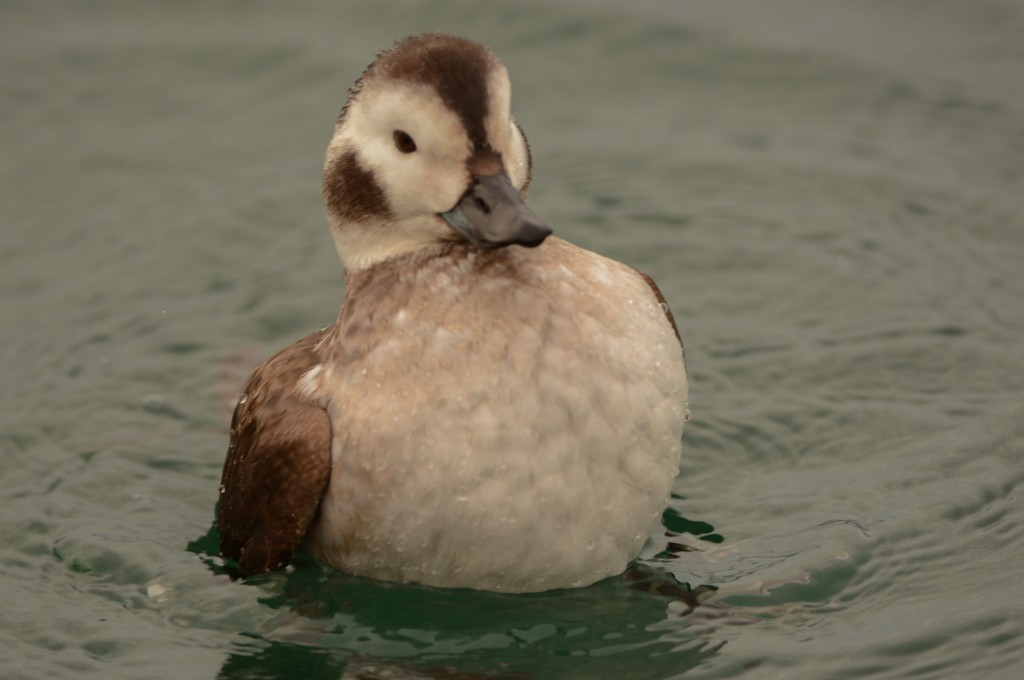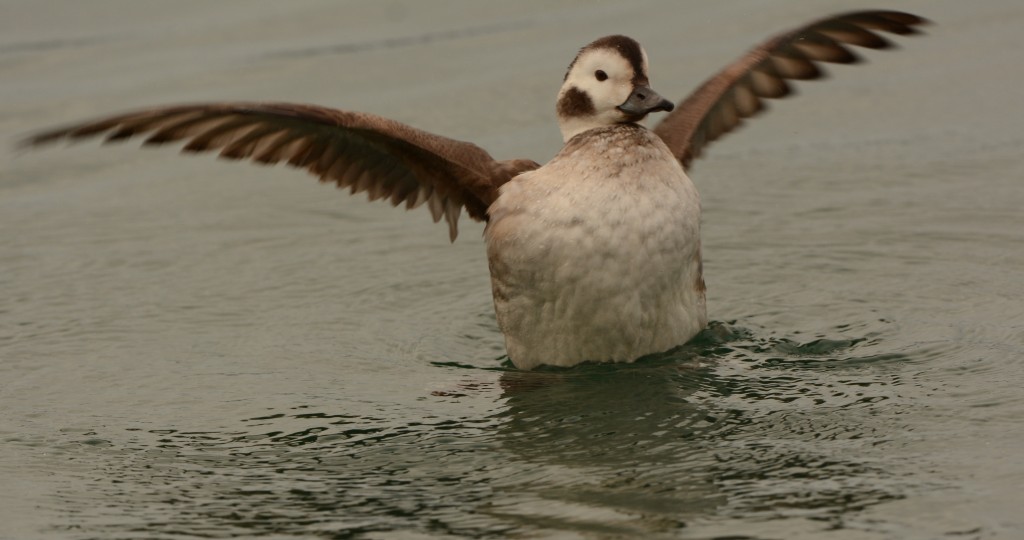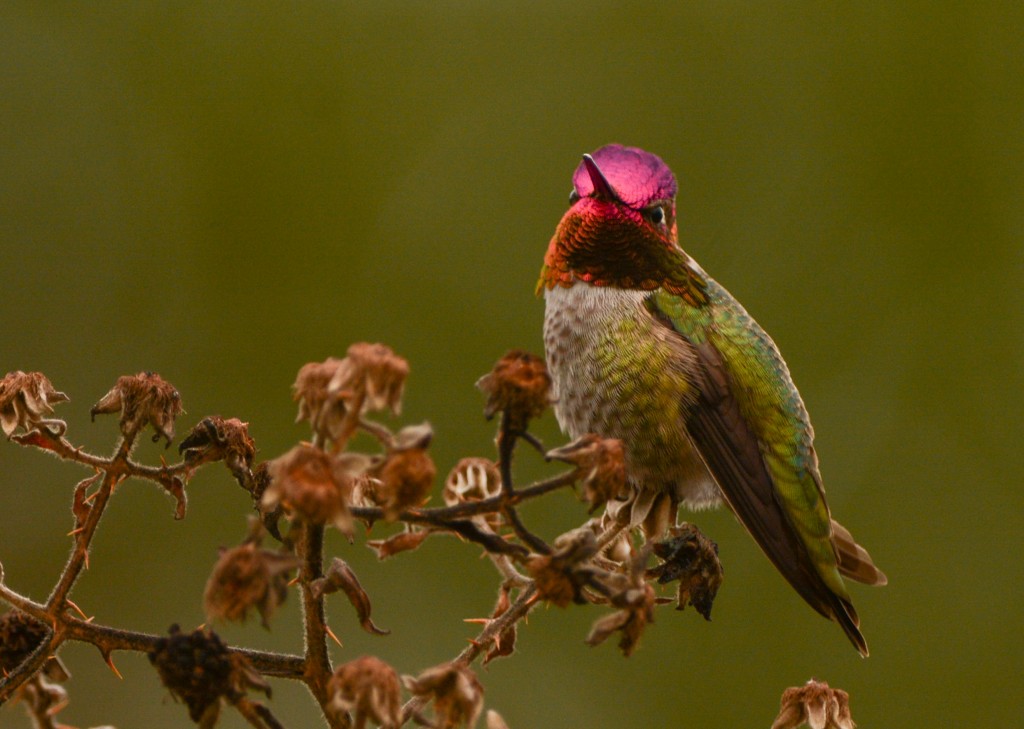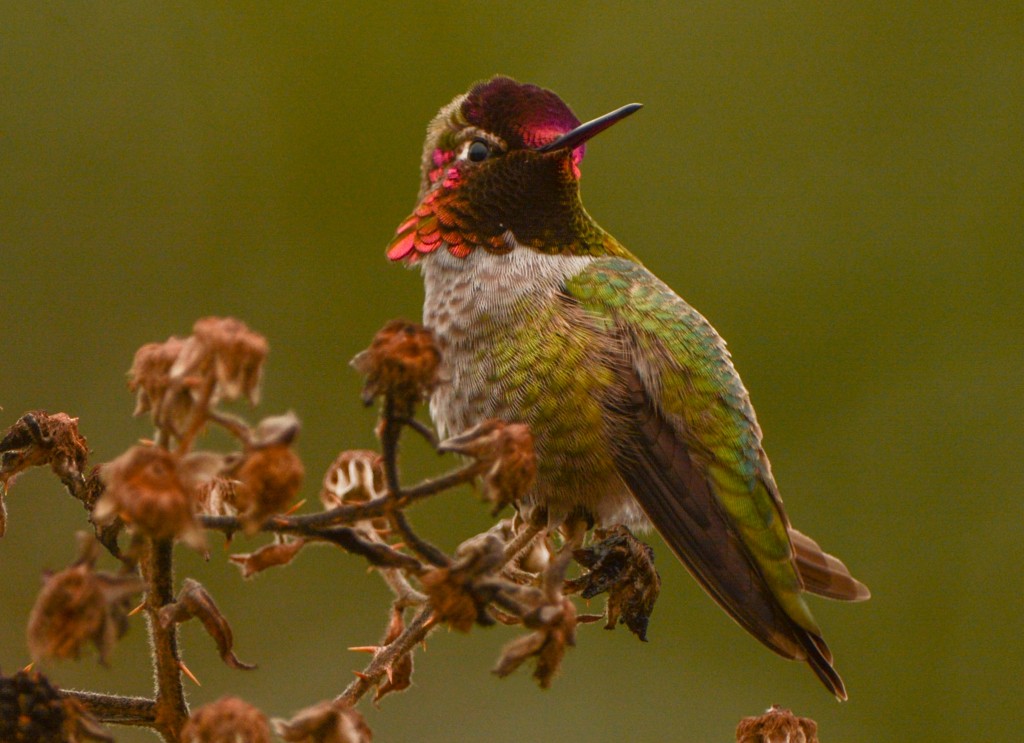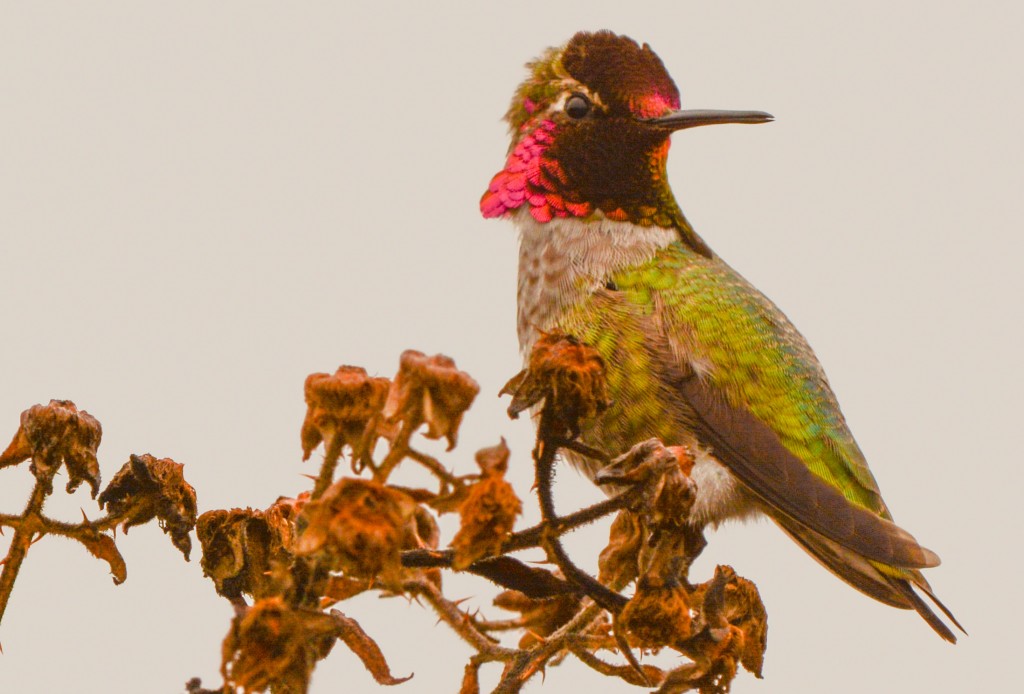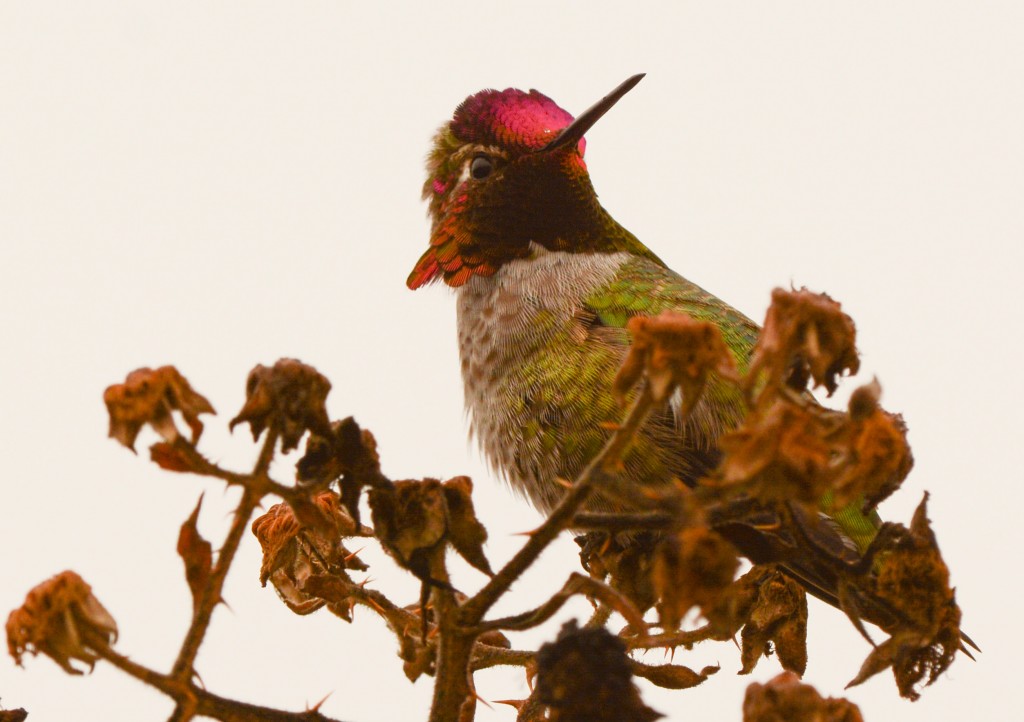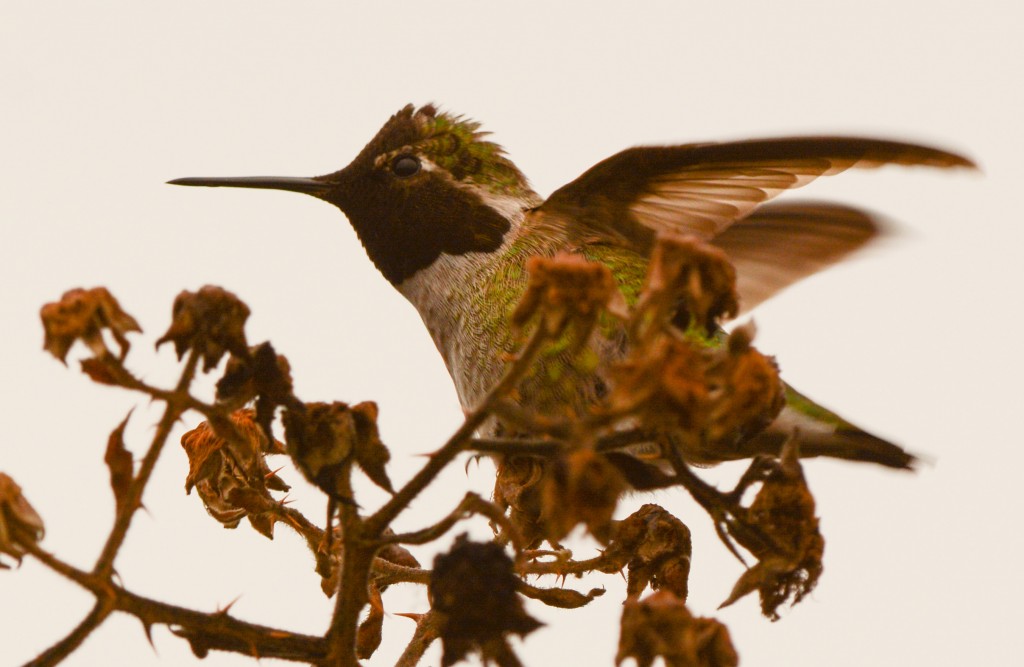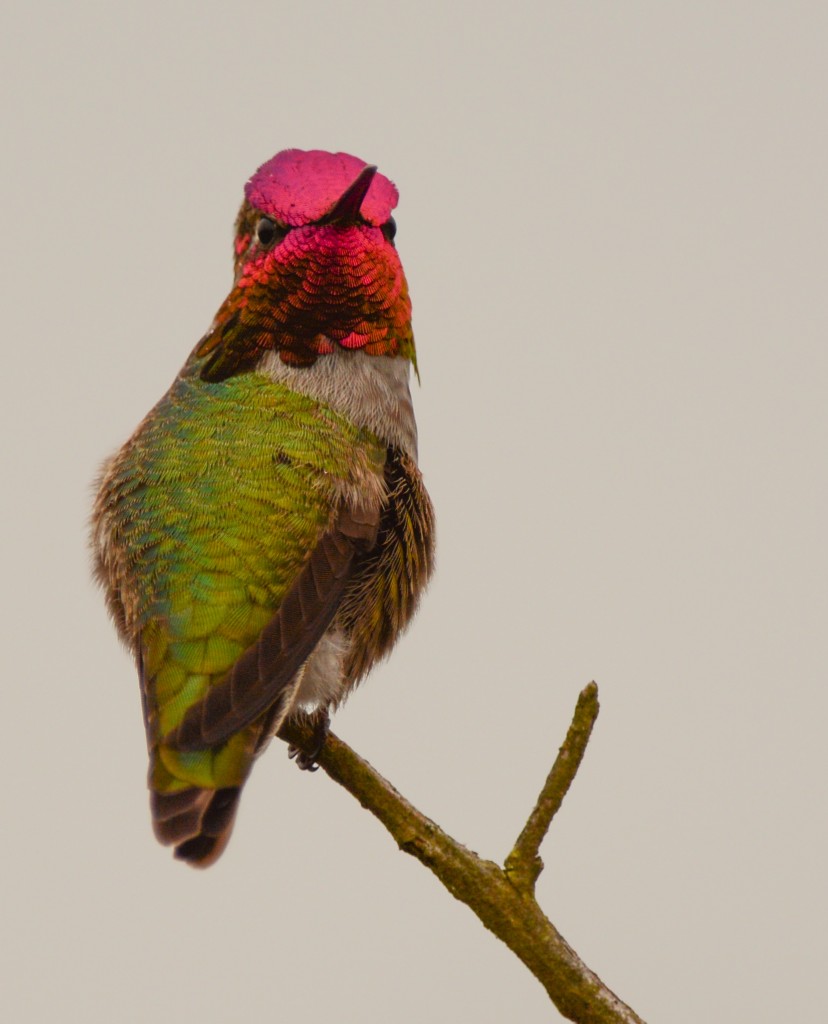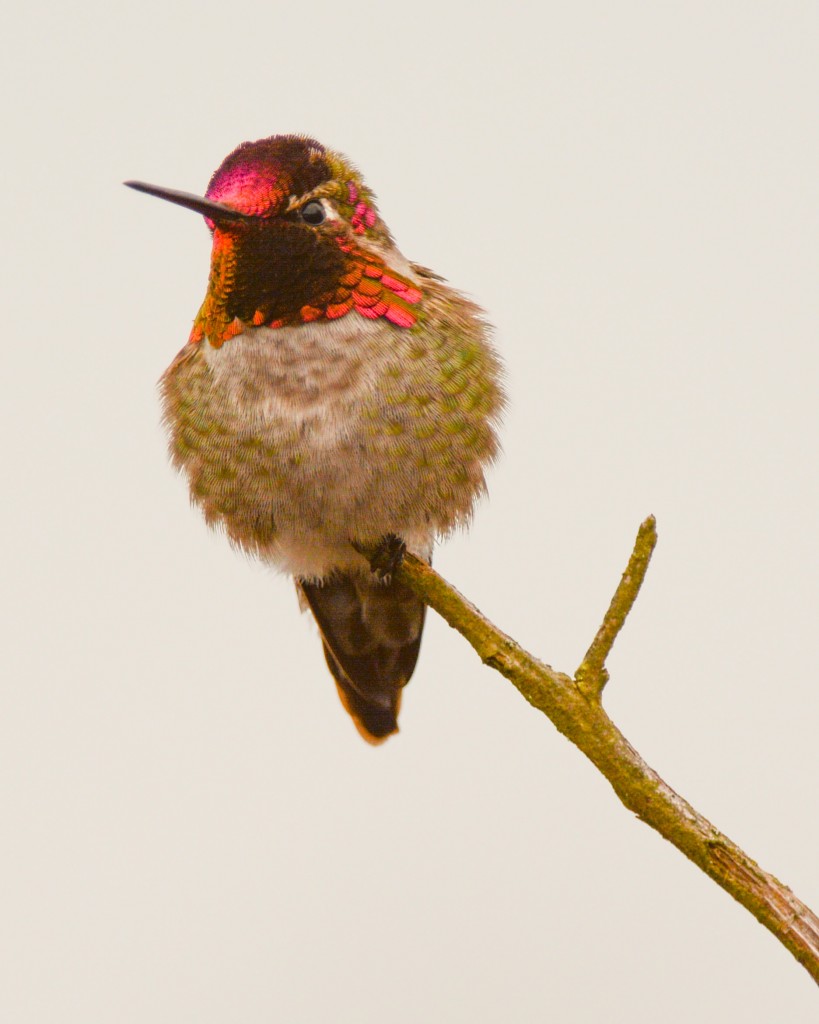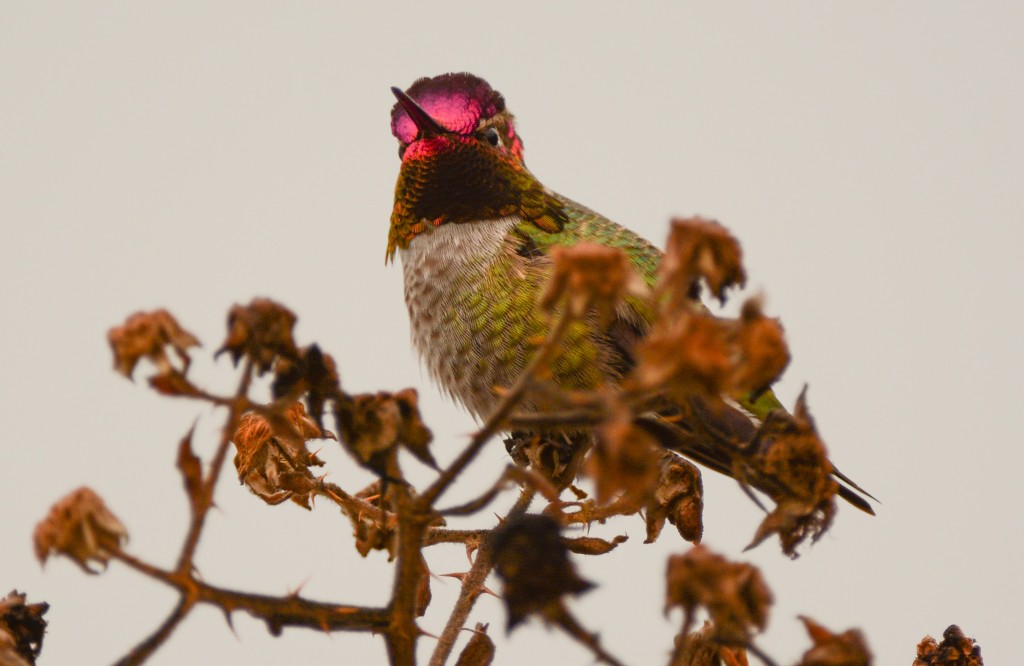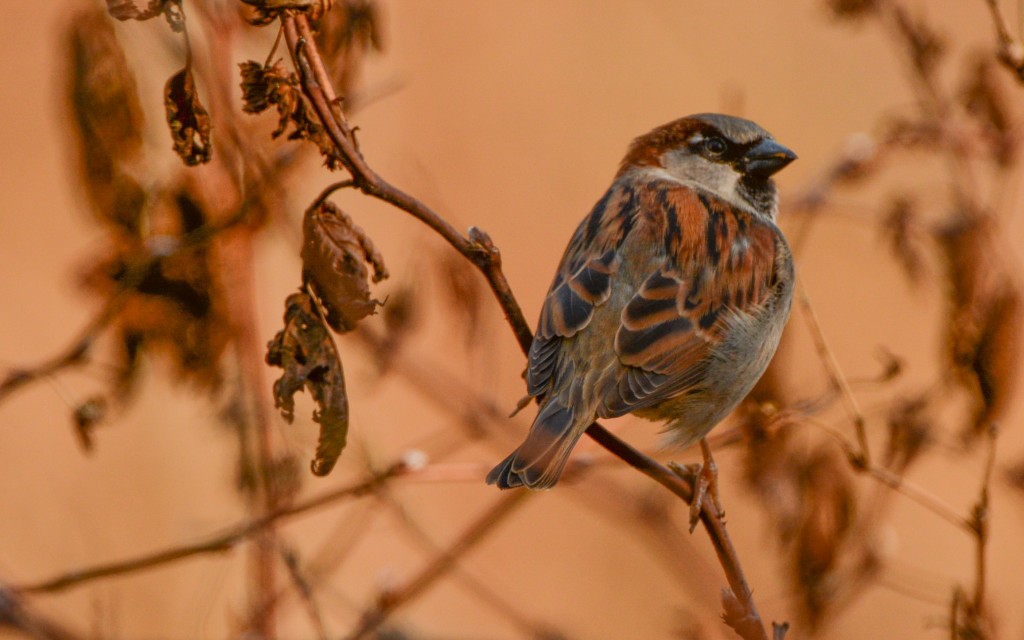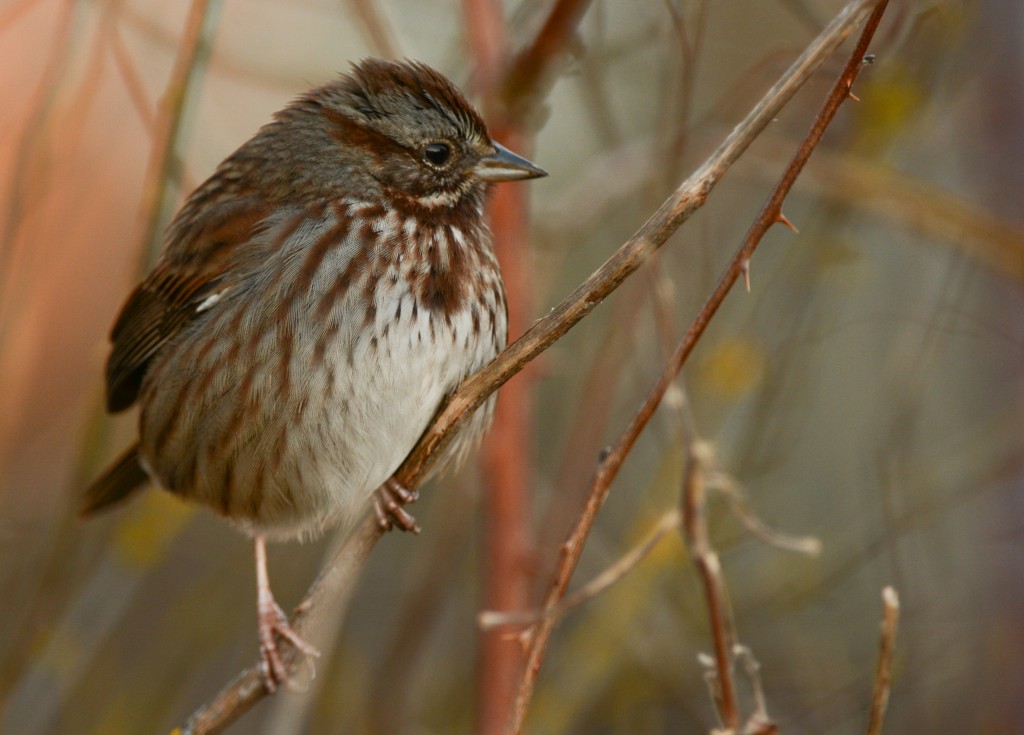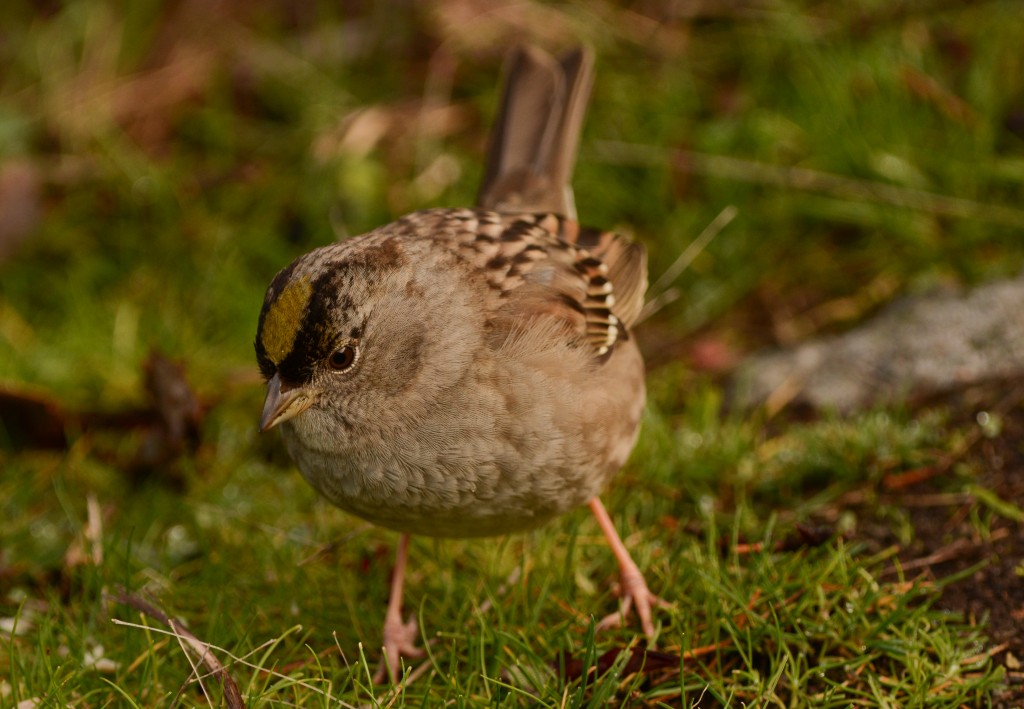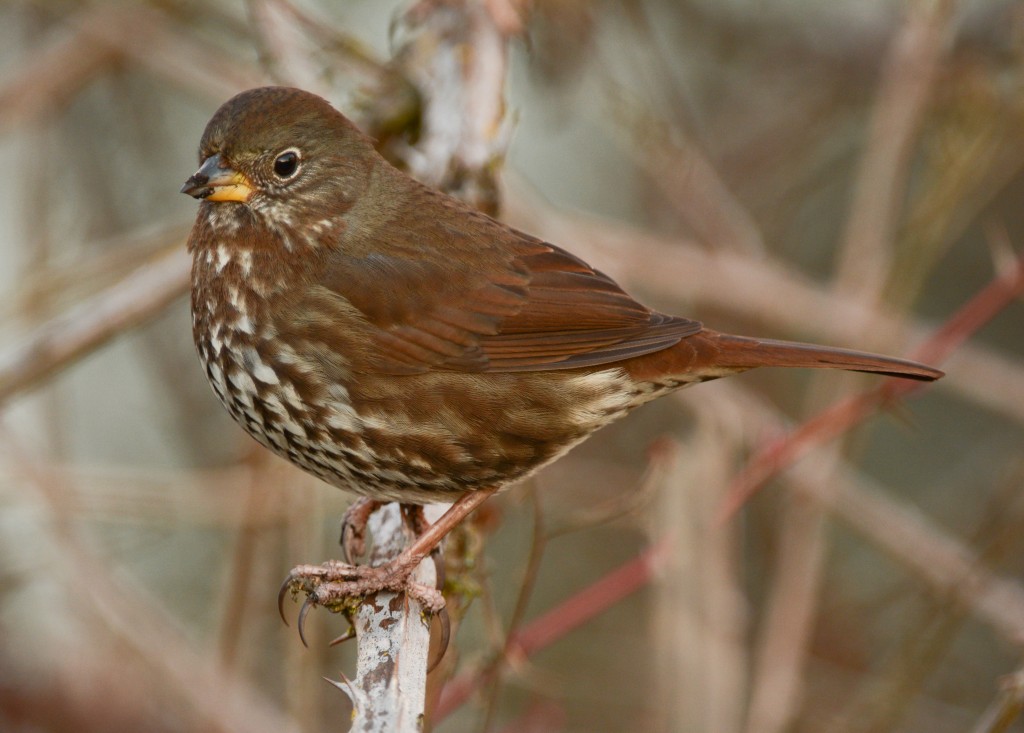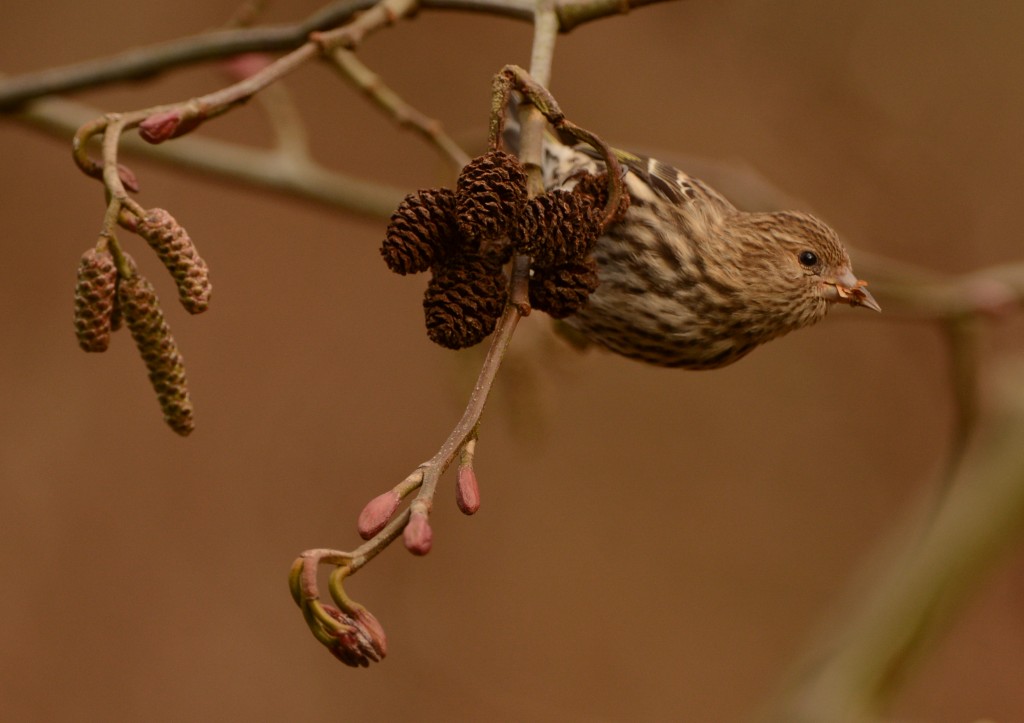Wednesday, Feb 11, 2015 was not an encouraging day for photography. It was overcast with no indication that things were going to improve that afternoon. I had some non-photography/blog projects to work on and had looked forward to a little break. However I made the mistake of driving by the Cap Sante Marina and saw a loon and decided that I would come back and try to photograph it. When I returned a Great Blue heron flew into a different part of the marina so I stopped to obtain some photos of it.
After allowing an unusually extensive time for me to take photographs, it finally flew so I continued to the other part of the marina where I had seen the loon. With the waterfowl there’s always the decision of which dock to take, as the birds are usually near the middle of the waterways between the docks. If you aren’t careful you can drive the bird towards another dock which can necessitate a walk of several hundred yards before you even have a CHANCE to get closer!
But while I watched the loon to try to determine it’s direction, I noticed a disturbance in the water immediately adjacent to the fuel dock. A couple of weeks previously I noticed similar activity and it turned out to be a couple of Hooded mergansers feeding UNDER the dock. They surprised me when they surfaced and flew before I could photograph them.
On this occasion I resolved to be a little more careful, so I tried to blend into one of the fuel pumps and keep about a 300-degree lookout for something to surface. With no warning a small waterfowl surfaced within about eight feet of me and I began taking photos. The bird was absolutely fearless. I realized that this was an unusual species that I had not previously photographed, but I had no idea what it was. Over the next 10-15 minutes I took over 100 photos of the bird, some of which I’m sharing with you here. Once back home and processing the photos I tentatively identified the bird as a Long-tailed duck. A friend with much more birding experience than me told me that it was probably either a female or a juvenile since the male could be expected to have a long tail.
I next drove up to the Cap Sante Overlook to see if the male Anna’s hummingbird was again in the area… I hadn’t seen it for a couple of days. The hummingbird was back, and at the location where I could photograph it. I took some photos, but then realized that I might be able to reposition myself so that I wasn’t photographing the bird against a light (colorless) sky. I repositioned and the bird returned, allowing me another set of photos with a dark background. I noted that the bird’s gorget still reflected although there was not only no direct sunlight, but at least what could be characterized as medium cloud cover.

